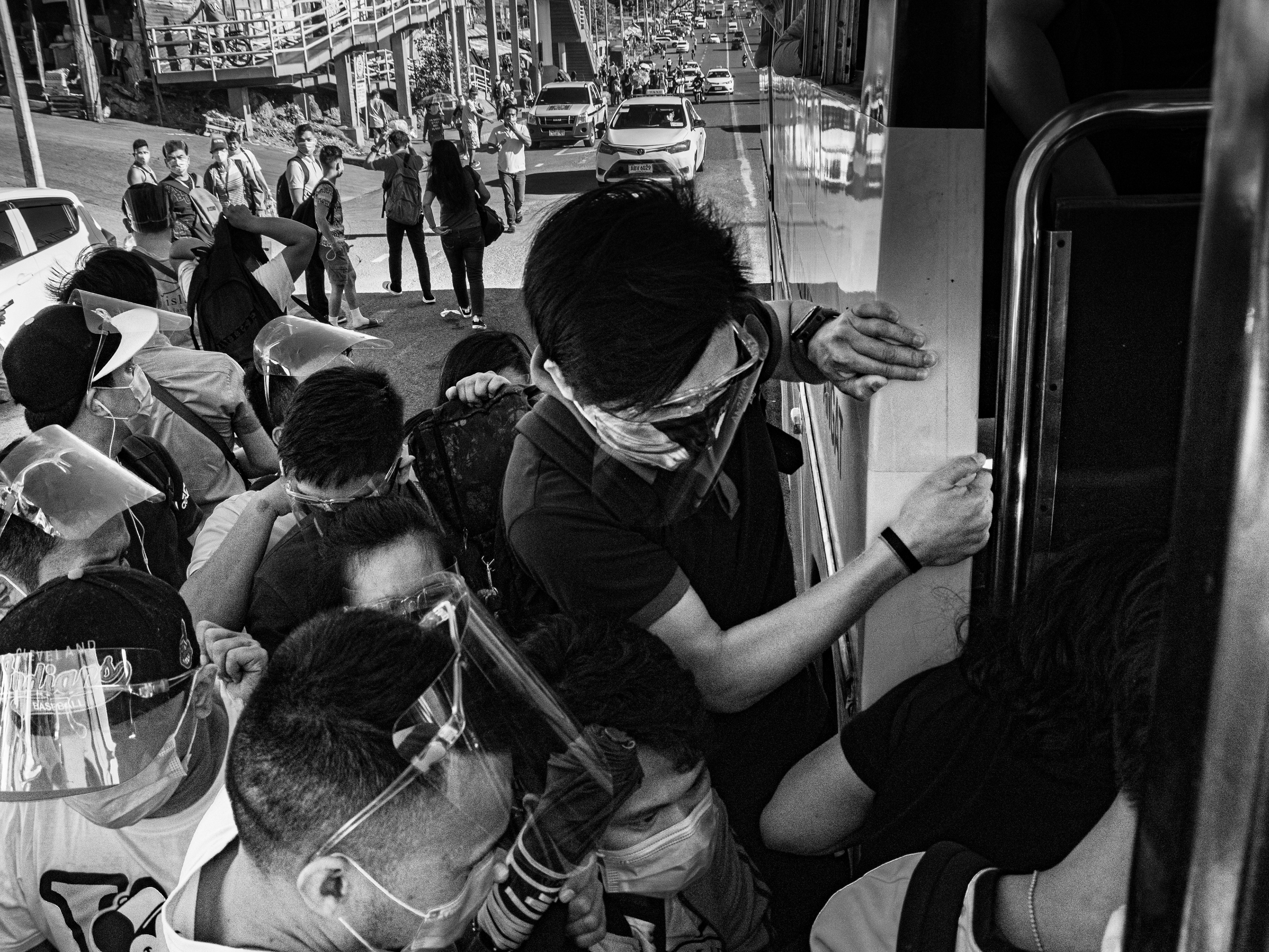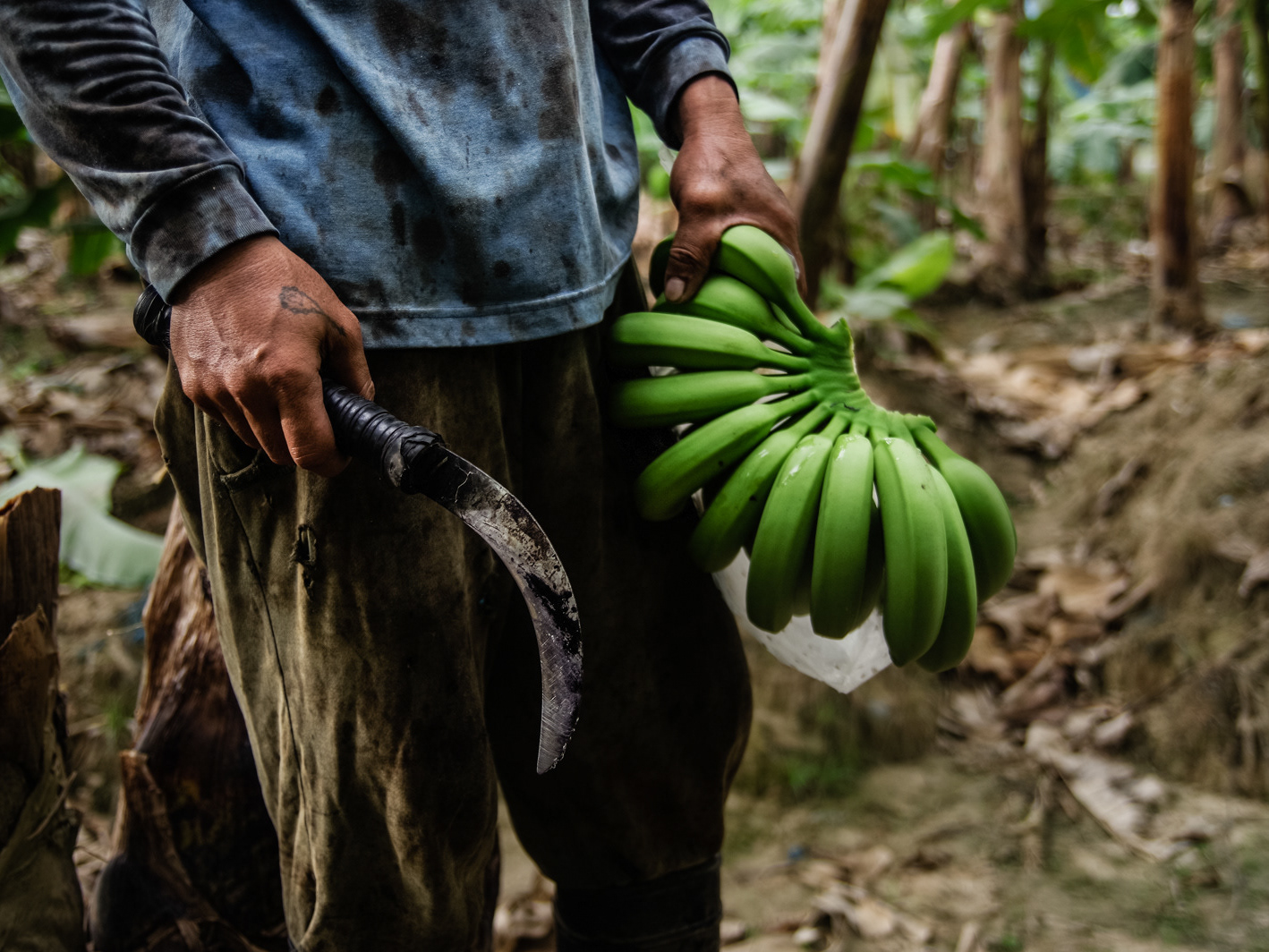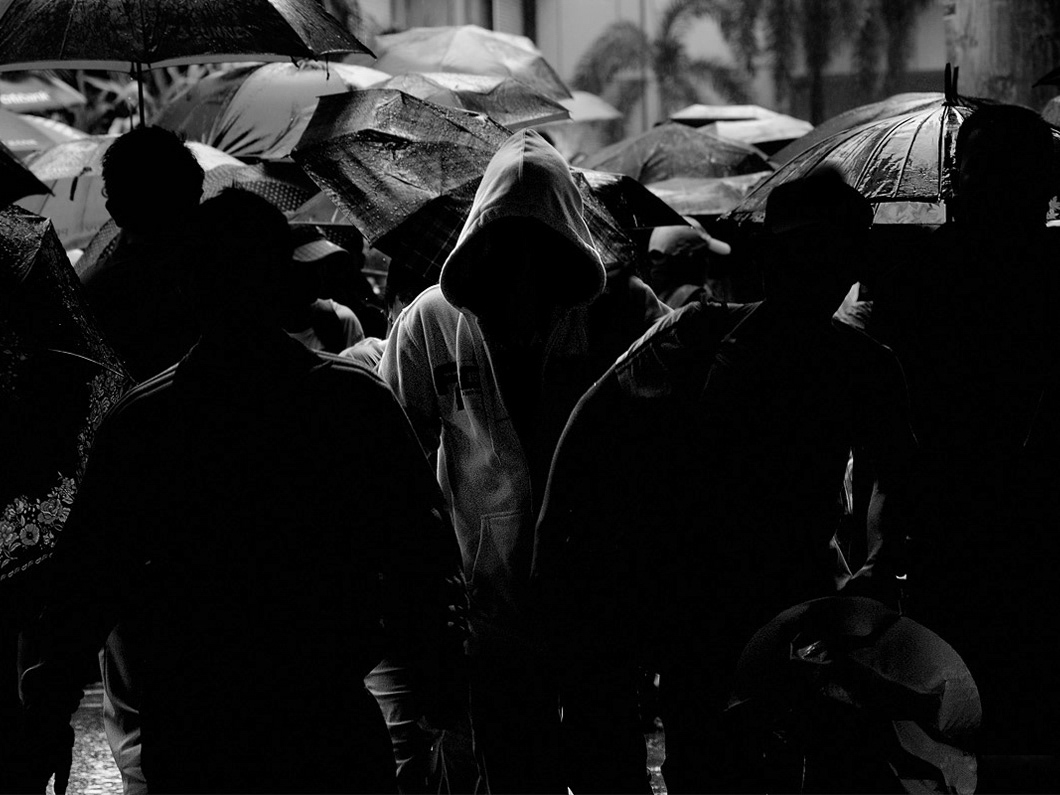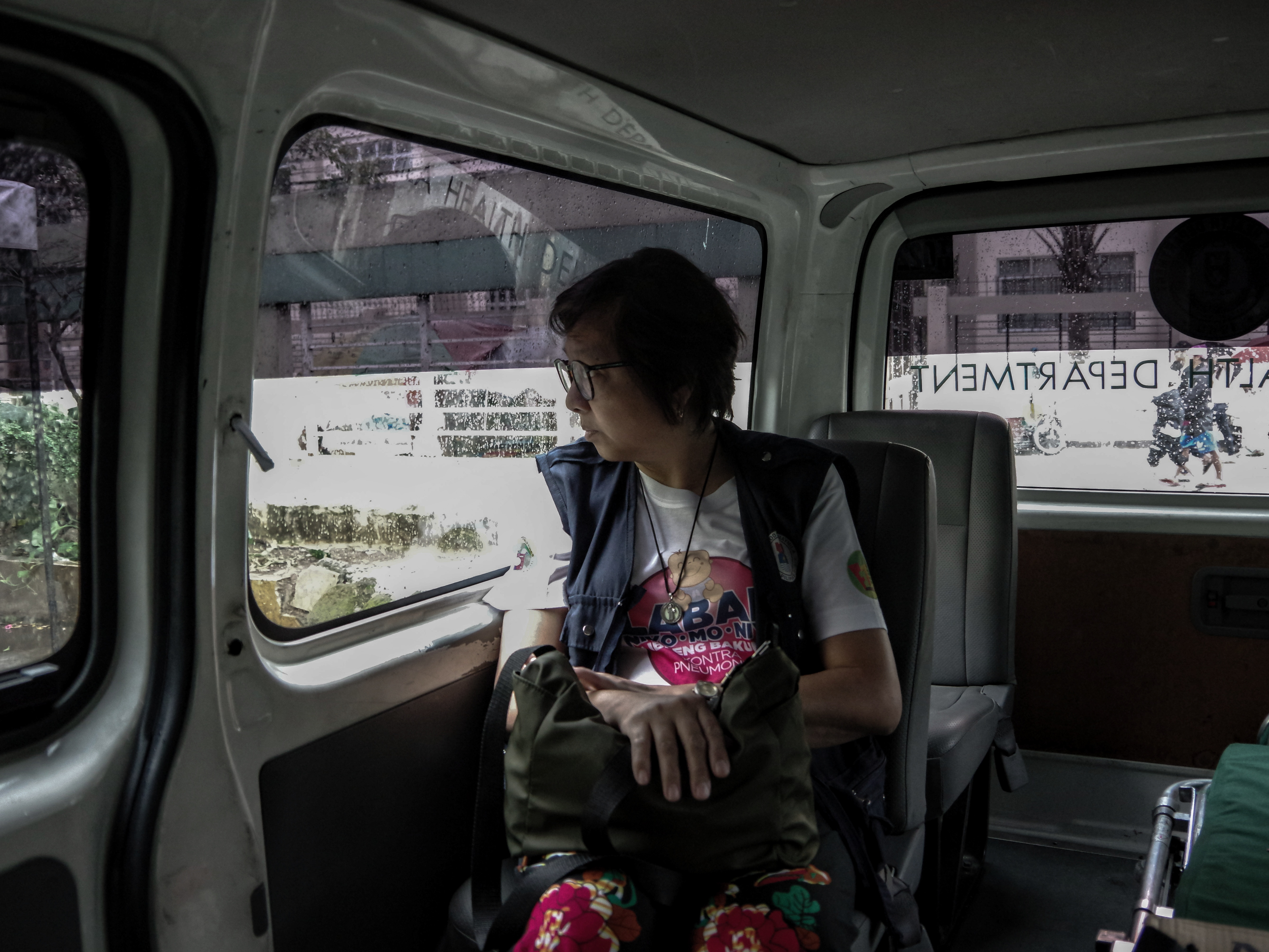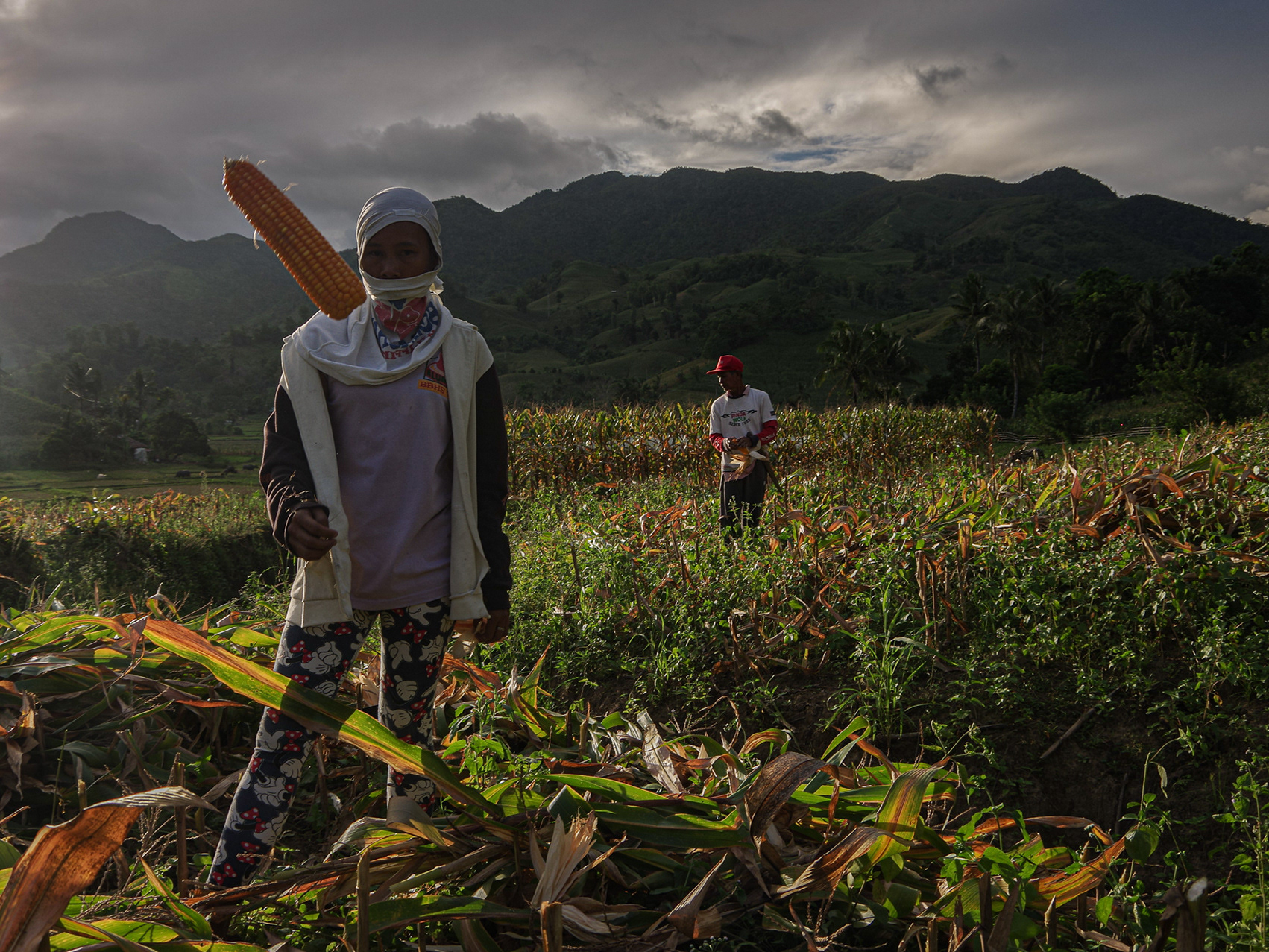The ‘solution’ to the looming energy crisis breeds irreversible damage to the ‘Amazon’ of the oceans.
Report by Cherry Salazar, Philippine Center for Investigative Journalism (PCIJ)
Photographs by Larry Monserate Piojo, PCP/PCIJ
The first of three parts
The province of Batangas, some 100 kilometers away from the Philippine capital, is known for many things: beach resorts and diving spots, lomi and kapeng barako, Taal volcano and balisong, and international and domestic ports, among others. Soon, it may add another item to its growing list of marvels as the heart of the liquefied natural gas (LNG) hub of the Philippines, maybe even the Southeast Asian region.
Former energy secretary Alfonso Cusi has repeatedly stated his plan to make the Philippines a regional hub for LNG.
“And in pursuit of our vision to transform the country into a regional LNG hub in Southeast Asia, we have taken the first step to establishing our LNG regasification capacity to secure replacement fuel from Malampaya and augment our power supply,” Cusi said in 2020.
The Philippines wants to begin importing and processing LNG by 2023. The move is expected to address the supply shortfall from the Malampaya gas field, which provides more than a quarter of the energy needs in Luzon, as well as help the country transition to clean energy to achieve its target of a 75-percent reduction in greenhouse gas emission.
However, environmental advocates warned that what the government sees as a solution to the country’s energy security and transition concerns would spell an irreversible impact on the Philippines’ marine biodiversity conservation corridor, the Verde Island Passage (VIP). After all, five of seven ongoing LNG terminal projects and two of three committed gas-fired power plants are in Batangas City, which lines the VIP. (Committed projects are those that have secured funding and other necessary permits.)
Batangas City is a preferred area for many LNG projects due to existing infrastructure networks and pipelines for natural gas, said Gerry Arances, executive director of Quezon City-based think tank Center for Environment, Ecology, and Development (CEED).
Five existing natural gas-fired power plants — namely, Avion, Sta. Rita, San Lorenzo, San Gabriel, and Ilijan — are in Batangas City. The only other natural gas-fired power plant in the country is in Cebu.
With an established industry presence, natural gas has been accepted by local officials and residents as a clean alternative despite studies showing the contrary, Arances said.
‘Amazon of the oceans’
VIP is part of the Coral Triangle, whose biodiversity richness is comparable to that of the Amazon. It contains the highest concentration of marine life per unit area, making it the “center of the center” of marine shorefish diversity in the world, according to a monumental study by renowned marine scientists Kent Carpenter and Victor Springer in 2005.
Home to more than 1,700 fish species, 300 coral species, and thousands of other marine species, including endemic nudibranchs (sea slugs), VIP covers approximately 1.4 million hectares cutting across five provinces: Batangas, Occidental Mindoro, Oriental Mindoro, Marinduque and Romblon. No local government unit has sole jurisdiction over the area.
Key biodiversity and protected areas overlap the Verde Island Passage. [Map source: Department of Environment and Natural Resources – Biodiversity Management Bureau, and Maria Katrina Aplaya’s 2018 study “Developing Ecosystem Account for Verde Island Passage Marine Corridor”]
While the VIP was not declared a nationally protected area under Republic Act No. 7586, or the National Integrated Protected Areas System (NIPAS) Law, there are 36 locally managed marine protected areas (MPAs) in the network: 24 in Batangas and 12 in Oriental Mindoro, according to the Quezon City-based Partnerships in Environmental Management for the Seas of East Asia (PEMSEA).
Batangas has 14 municipalities and one city bordering the VIP, the most out of the five provinces. Many of its industries rely on the marine corridor, from tourism to transportation, and fisheries to food security.
In 2019, or before the pandemic, up to 13 million tourists went to Batangas, according to data from the Batangas Tourism and Cultural Affairs Office.
The Batangas International Port, located in Batangas City, is one of the largest and busiest passenger and cargo terminals in the Philippines.
Domestic and foreign shipping vessels, both at berth and anchored, totaled 47,427 in 2019, according to the Batangas Port Management Office (PMO). Batangas PMO data also showed that over eight million passengers embarked and disembarked in Batangas ports.
Local officials see the influx of LNG projects as “investment locators” that would entice more businesses in the area. However, once LNG terminals in Batangas City go online, more vessels are expected to pass, dock, and unload in the area, affecting the mobility and livelihood of local fisherfolk.
Environmental advocates said the expected swell in maritime traffic and activities would exacerbate the effects of industrialization already felt in the vicinity, which included disturbing marine life and harming ecosystems.
Changes in coastal ecosystems
While LNG projects would occupy shorelines in an otherwise vast marine corridor, “the greatest vulnerability among marine ecosystems are coastal areas,” said Jayvee Saco, president of the Philippine Association of Marine Science.
“Once mabago ‘yung topograpiya ng isang area, mababago na rin ‘yung hydrodynamics. Mababago na rin ‘yung galaw ng alon, galaw ng current sa ilalim (Once you change the topography of the area, the hydrodynamics will change. The movement of waves and undercurrents will change), and once you’ve changed [the] coastal ecosystem, that will have an escalating effect,” Saco said.
Saco, also a professor at Batangas State University, cited a hypothetical scenario: If a jetty were to be built, its structure would impede and deflect the currents, possibly leaving one side blocked from what would have been the natural flow of water.
The tendency, he said, was for sand deposits to be redirected and then concentrated on only one side of the jetty, possibly killing coral reefs. “What if nandun ‘yung mataas na concentration ng coral reef? Pinatay mo nabecause of the sedimentation.”
In Barangay Sta. Clara, residents observed that the mouth of Ilog Kabubulag, which separates their community from First Gen Corp.’s power plants and LNG terminal, would change its shape almost daily. They attributed this to the intake and outflow of water from the nearby infrastructure.
Sta. Clara residents say they used to source fresh water and fish from the river that separates their community from First Gen’s energy complex.
The physical transformation of the river over the years also enclosed part of the community and created a pond where mangroves thrived. Since then, however, they could no longer catch fish in the mouth of the river.
“’Pag panahon kasi na malaki ang tubig (high tide), ang mga isda, naiiwan sa bukana ng ilog. Doon kami nakakahuli… Doon ako nakapagsalya ng 60 banyera,” Margarita Mendoza, wife of a local fisher, told the Philippine Center for Investigative Journalism (PCIJ) in September 2022.
Her husband, Bibiano, said they also used to get shrimps from the river, but not anymore.
“Minsan ‘yung hipon, akala mo luto na… Mapula na,” he said. Bibiano said shrimps were dying either because the water got significantly warmer or because chemical waste got into the river.

